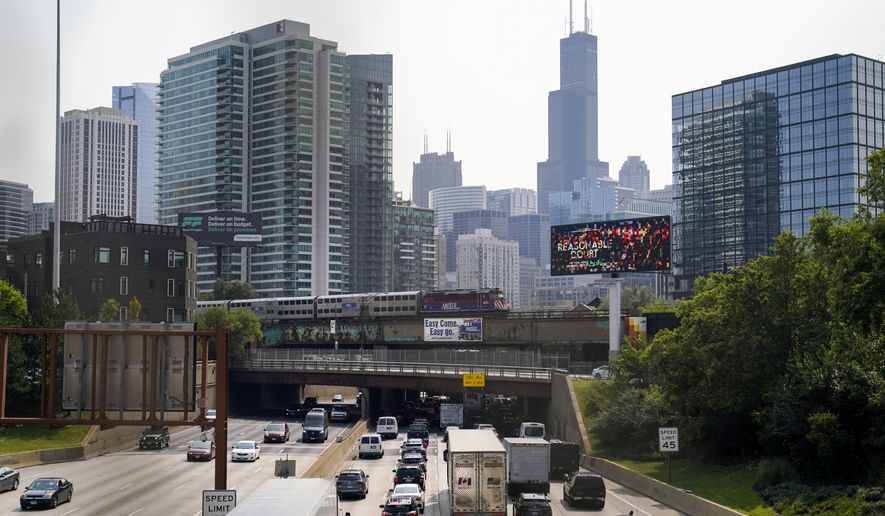Multiple American cities are considering proposals to convert now-empty office spaces, a byproduct of employees working from home during the coronavirus pandemic, to much-needed housing stock, including Chicago, New York, Boston and Los Angeles.
On Monday, Chicago announced a program that would offer tax increment financing to developers to convert empty commercial real estate in the LaSalle Street corridor into housing.
In Chicago, tax increment financing (TIF) is conducted by districts, in this case the LaSalle TIF district. Any property tax revenue above a base valuation made when the district is created, the increase or “increment,” is used either to pay back upfront bonds for a project or is set up to pay for individual projects as they progress. Property taxes feed into TIF for a period of 23 years.
“There is nearly 5 million square feet of vacant commercial space on the LaSalle Street corridor, but not a single unit of affordable housing. Diversifying this corridor is an essential component in our strategy to restore LaSalle’s vitality,” Chicago Mayor Lori Lightfoot said, according to Block Club Chicago, a nonprofit news site.
The LaSalle Street corridor has the highest rates of vacancy in Chicago’s downtown, with 26% of its office space and 36% of its retail space unoccupied, the Chicago Sun-Times reported.
The program is aiming to add 1,000 new residential units, 300 of which would be affordable housing.
“I’m a firm believer in the free market. However, the free market is not equitable. And in order for us to have affordable housing downtown … that’s when the public subsidy is going to come to play,” Chicago Deputy Mayor Samir Mayekar told Block Club Chicago.
Chicago’s deadline for proposals to build housing in the LaSalle Street corridor is Dec. 23.
In New York, the Office Adaptive Reuse Task Force is expected to have policy recommendations for office space conversion by the end of 2022. The city’s stock of empty office space has grown in light of growth in working from home during the pandemic.
Dan Garodnick, New York’s director of city planning and the chairman of the task force, told Axios that “We need to recognize how we’ve evolved during the pandemic.”
In Boston, design firm Gensler studied 84 buildings in the city’s downtown to evaluate their suitability for conversion. Although only 10 of the 84 are suitable, those 10 still offer the possibility of housing.
“If one or two of those owners decided to make this change and actually go through with it, you’re now bringing a 24/7 audience to a neighborhood,” Gensler’s Todd Dundon told the Boston Globe.
City officials are interested as well. The Boston Planning and Development Agency “is exploring the feasibility, costs, and incentives of office to residential conversions as a solution to help increase housing supply in Downtown Boston,” according to the Boston Globe.
In Los Angeles, the RAND Corporation says that, theoretically, 2,300 commercial properties could produce anywhere from 72,000 to 113,000 housing units, depending on the size of said units.
“That housing would be about 9% to 14% of the total housing that Los Angeles County needs to produce in the next eight years according to the sixth cycle of the statewide Regional Housing Needs Assessment process,” the company said.
Financing the conversion of the properties could require government incentives, in lieu of letting the market handle the process.
“There is a significant disconnect between projects that might be financially feasible at market prices and projects that would further these larger goals. … There may be a significant role for financial and regulatory incentives to help ensure that new housing can be created where it is most sorely needed,” RAND economist Jason Ward said.
Some commercial real estate landlords, however, are holding out hope that office workers will return in their pre-pandemic numbers.
“We still have high hopes that a large contingent of office workers are coming back at some point. We’re not giving up on that,” Jaime Lee, chief executive of Jamison Realty Inc. told the Los Angeles Times.
For more information, visit The Washington Times COVID-19 resource page.
• Brad Matthews can be reached at bmatthews@washingtontimes.com.




Please read our comment policy before commenting.